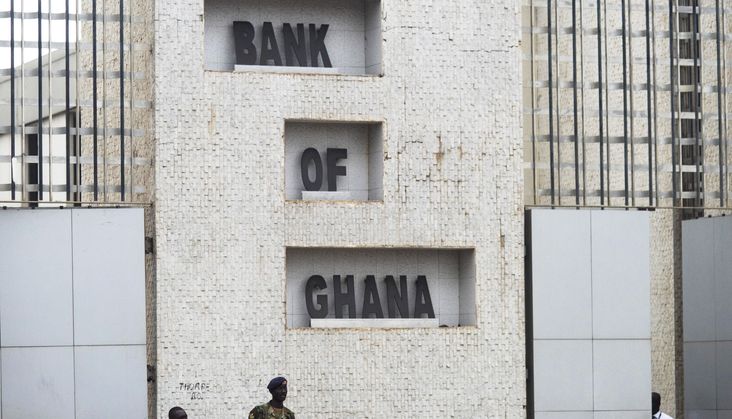Average lending rates now 21.26% – BoG
- Posted on
- Comment

Average lending rates of commercial banks have fallen by 0.11% between August 2020 and October 2020.
However, between January 2020 and October 2020, it has gone down by 1.8%.
Though marginal, it comes as a good omen because cost of borrowing in the country keeps easing.
According to the Bank of Ghana’s November 2020 Summary of Financial and Economic Data, Ghana’s reference rate also keeps falling from 16.13% in January 2020 to 14.75% in October 2020.
The cost of credit however varies among the commercial banks.
Some banks offers as low as 17% for lending, whilst others have rates as high as 27%. It also however depends on the risk profile of the customer.
But this is far better than in 2015, 2016 and 2017 where rates were as high as 38% per annum.
When it comes to interest rates on Government of Ghana securities, the rates have remained relatively stable.
For instance, yield on 91-day Treasury bill has remained relatively stable at 14.02% between August 2020 and October 2020.
However, the yield on the 182-day T-Bill has hovered around 14.10% between August 2020 and October, 2020.
Fitch Solutions forecasts ease in Ghana’s interest rates
Research arm of ratings agency, Fitch, earlier forecast an ease in interest rates in the country, from early next year.
It linked that to a further fall in the country’s inflation rate next year, which then will remain in the single digit bracket.
A Senior Country Risk Analyst for Sub Saharan Africa, William Attwell tells Joy Business a further drop in inflation will trigger monetary policy easing and interest rates.
“We would expect monetary policy easing during 2021 because of a further fall in inflation. We’re expecting inflation to ease further next year and that will facilitate that process too. That’s really an austere on the monetary front for Ghana”
-Joy










 (Selorm) |
(Selorm) |  (Nana Kwesi)
(Nana Kwesi)